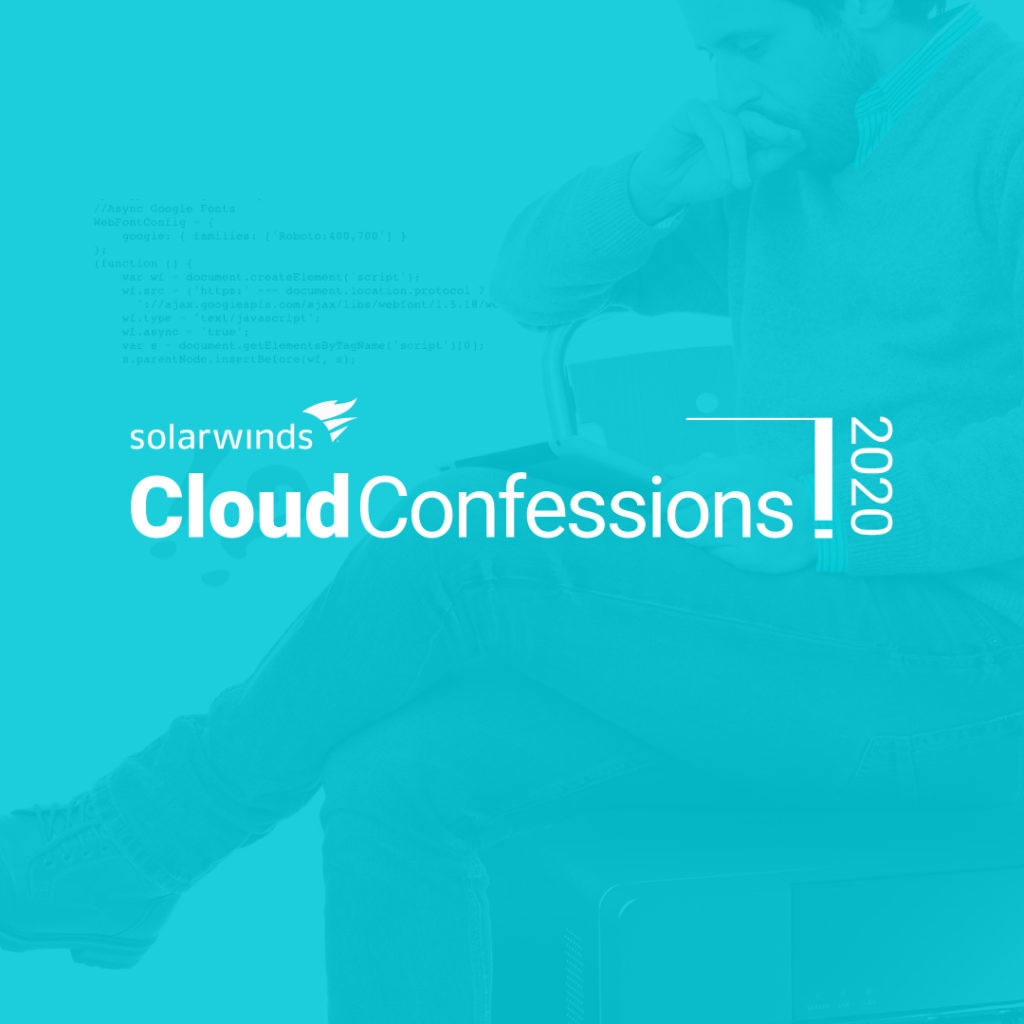There are many configuration management, deployment, and orchestration tools available, ranging from open-source tools to automation engines. Ansible is one such software stack available to cover all the bases, and seems to be gaining more traction by the day. In this post, we’ll look at how this simple but powerful tool can change your software deployments by bringing consistency and reliability to your environment.
Ansible gives you the ability to provision, control, configure, and deploy applications to multiple servers from a single machine. Ansible allows for successful repetition of tasks, can scale from one to 10,000 or more endpoints, and uses YAML to apply configuration changes, which is easy to read and understand. It’s lightweight, uses SSH PowerShell and APIs for access, and as mentioned above, is an open-source project. It’s also agentless, differentiating it from some other similar competitive tools in this marketplace. Ansible is designed with your whole infrastructure in mind rather than individual servers. If you need dashboard monitoring, then Ansible Tower is for you.
Once installed on a master server, you create an inventory of machines or nodes for it to perform tasks on. You can then start to push configuration changes to nodes. An Ansible playbook is a collection of tasks you want to be executed on a remote server, in a configuration file. Get complicated with playbooks from the simple management and configuration of remote machines all the way to a multifaceted deployment with these five tips to start getting the most out of what this tool can deliver.
- Passwordless keys (for SSH) is the way to go. Probably one you should undertake from day one. Not just for Ansible, this uses a public shared key between hosts based on the v2 standard with most default OSs creating 2048-bit keys, but can be changed in certain situations up to 4096-bit. No longer do you have to type in long complex passwords for every login session—this more reliable and easier-to-maintain method makes your environment both more secure and easier for Ansible to execute.
- Use check mode to dry run most modules. If you’re not sure how a new playbook or update will perform, dry runs are for you. With configuration management and Ansible’s ability to provide you with desired state and your end goal, you can use dry run mode to preview what changes are going to be applied to the system in question. Simply add the --check command to the ansible-playbook command for a glance at what will happen.
- Use Ansible roles. This is where you break a playbook out into multiple files. This file structure consists of a grouping of files, tasks, and variables, which now moves you to modularization of your code and thus independent adaptation upgrade, and allows for reuse of configuration steps, making changes and improvements to your Ansible configurations easier.
- Ansible Galaxy is where you should start any new project. Access to roles, playbooks, and modules from community and vendors—why reinvent the wheel? Galaxy is a free site for searching, rating, downloading, and even reviewing community-developed Ansible roles. This is a great way to get a helping hand with your automation projects.
- Use a third-party vault software. Ansible Vault is functional, but a single shared secret makes it hard to audit or control who has access to all the nodes in your environment. Look for something with a centrally managed repository of secrets you can audit and lock down in a security breach scenario. I suggest HashiCorp Vault as it can meet all these demands and more, but others are available.
Hopefully you now have a desire to either start using Ansible and reduce time wasted on rinse and repeat configuration tasks, or you’ve picked up a few tips to take your skills to the next level and continue your DevOps journey.




